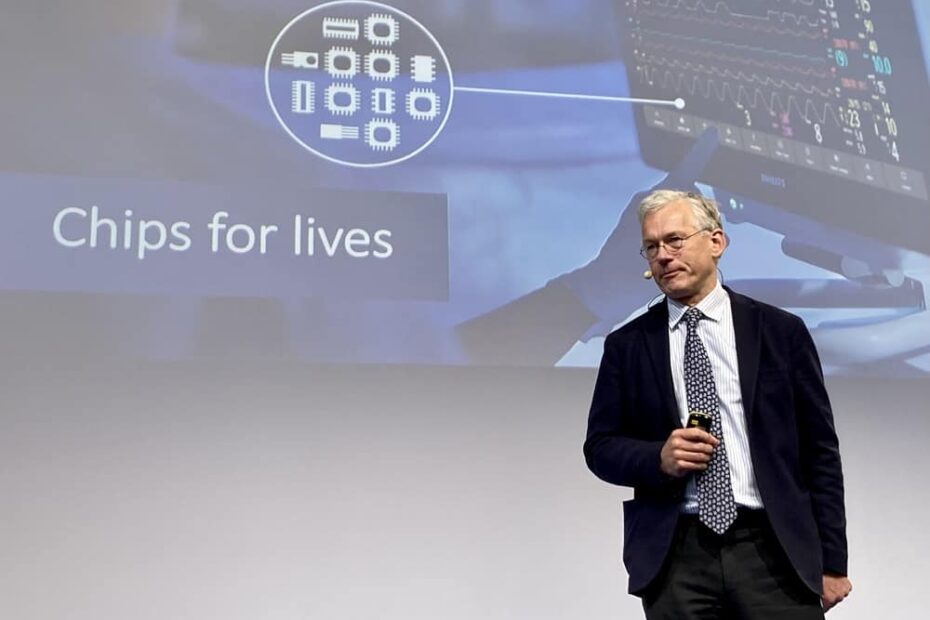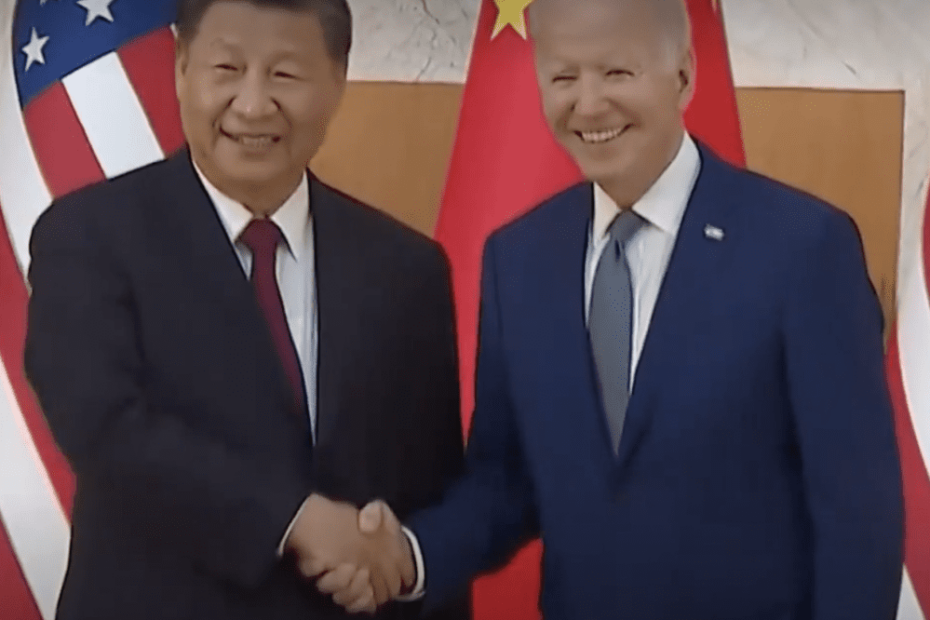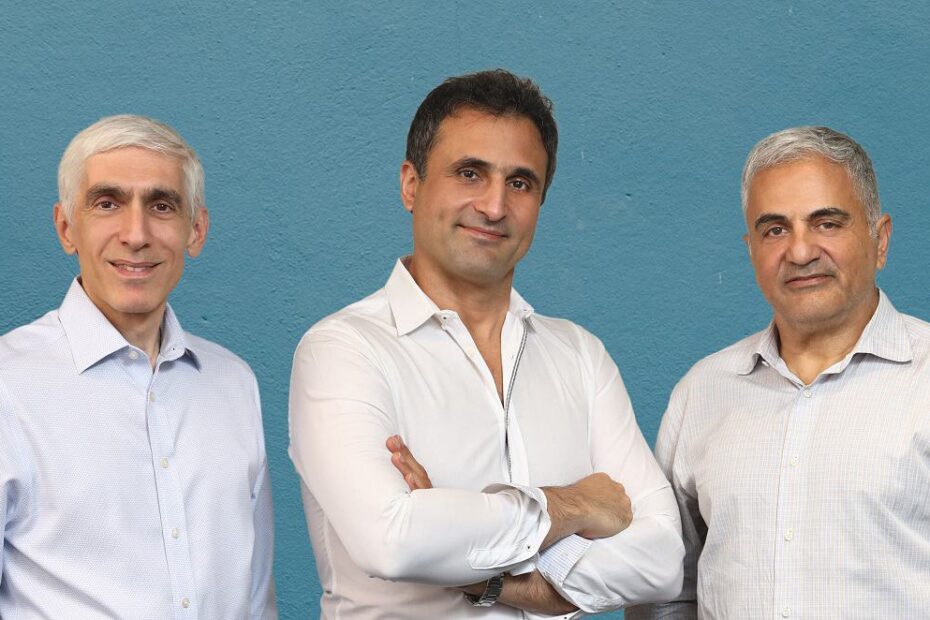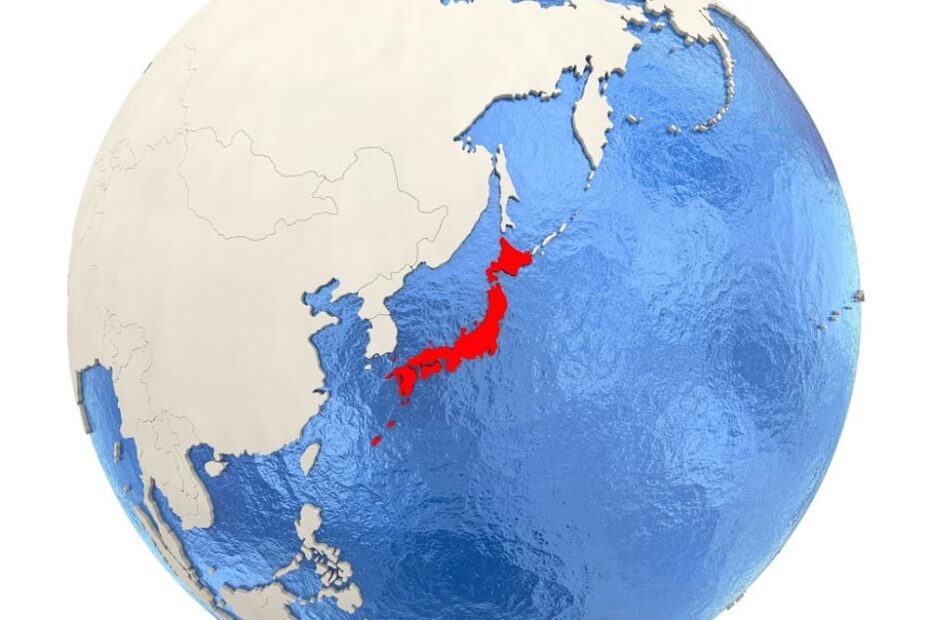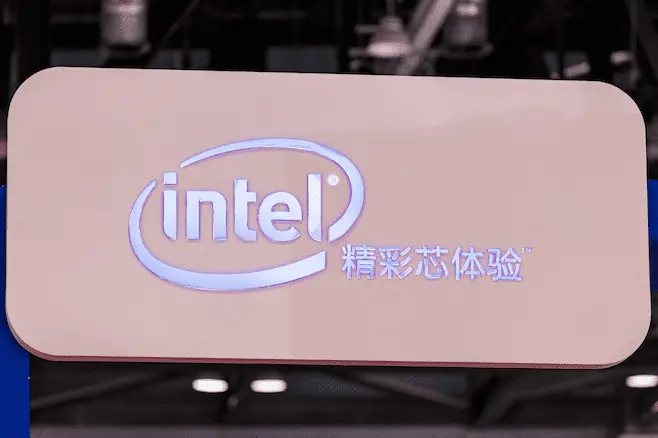‘Ugly Truth’ About the Medical Chip Shortage
What’s at stake?
The roles semiconductor technologies play in the future of medical science and software-defined vehicles are huge. Still, chipmakers are not addressing the continued chip shortage faced by medical technology suppliers and healthcare providers.
While chip shortages affecting the automotive sector get most of the media attention, a retired industry executive warns that a lack of components used in medical devices has real-life consequences.
Read More »‘Ugly Truth’ About the Medical Chip Shortage
